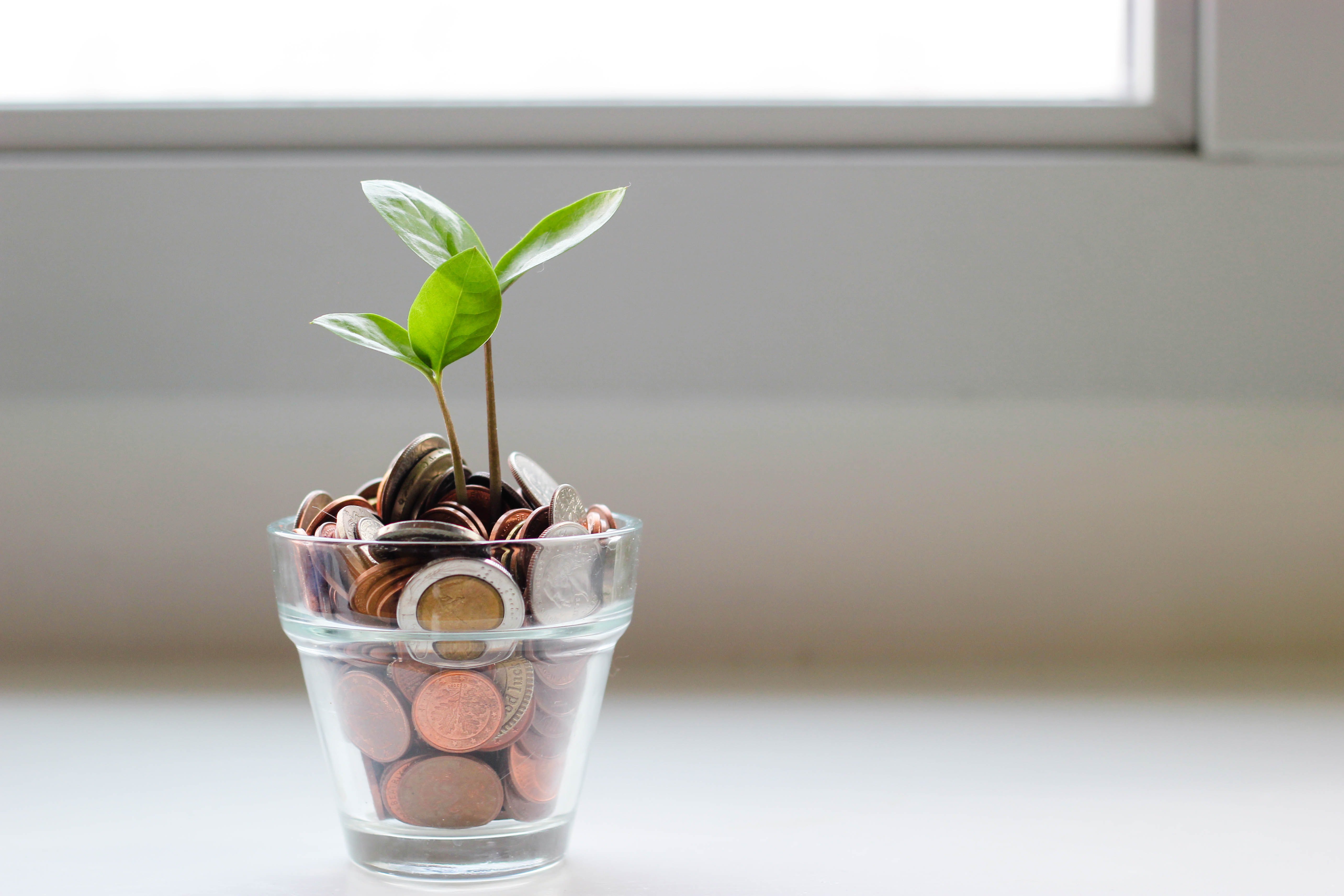A startup needs funds for all the different stages of its business cycle. As an entrepreneur, you might need it for product development, hiring your team, marketing & sales, or some other day to day requirements of your business. Where do you get this funding from? That depends on which stage of the business cycle you are at. Today, we are going to talk about different types of startup funding rounds and where you can get the funds from.
1. Pre-Seed Funding
Pre-seed funding is the earliest stage of funding. It is when a business is just starting its operations. At this stage, it’s most likely that the founders themselves are the investors. Other investors can include close friends, supporters and family members.

2. Seed Funding
When a startup has taken the operations off the ground, they start looking for more funds. The early financial support that is received at this stage is like a ‘seed’ that leads to the growth of the business. The funds received at this stage help in things like market research, product development, setting up a strong team, etc.

In Seed Funding, investors are looking for a great idea that has the potential to grow exponentially. The investors at this stage include incubators, venture capitalist companies, founders and their family and friends. The investors at this stage are also called “angel investors” and most likely take an equity stake in the company in exchange.
Also Read | From Kunal Shah To Anupam Mittal, Here Are India’s Top 5 Angel Investors
3. Series A Funding
Once the business has established its user base, has a steady flow of revenue, and has a proven track record to show for it, it can go for Series A funding. The funds received at this stage helps the businesses to scale themselves.

The founders seeking funding at this stage must have a strong strategy to develop their business model. It is likely that the investors at this stage come from more traditional venture capital firms. Some of the famous firms include Sequoia Capital, IDG Capital, etc.
4. Series B Funding
The development stage is well over by the time a business reaches the Series B funding stage. At this stage, the businesses are well-established, and the investors help businesses to reach the next level, mostly by expanding the market reach.

The previous stages of funding establish that the business has gotten a good customer base a good strategy with a future roadmap. The funds received in Series B funding helps it to grow and reach those goals. It is similar to Series A funding with regards to the type of investors who specialize in the in later-stage investing.
5. Series C Funding
The businesses at this stage of funding are already successful. They need funds for product development, market expansion, acquisition of other companies, etc. Series C funding helps the businesses grow at a faster pace.

The investors at this level include hedge funds, investment banks, private equity firms, etc. Some companies go beyond Series C funding to raise Series D, Series E, and even Series F funding which are similar in nature.
These fundings rounds are done to improve the valuation of the business. If the company is performing well, the next step after these stages is generally launching an IPO.

















